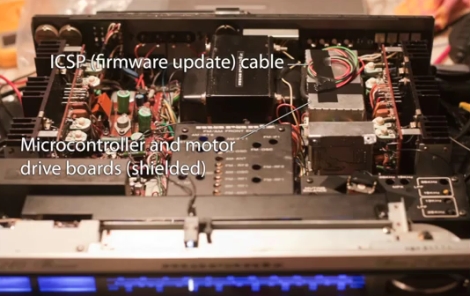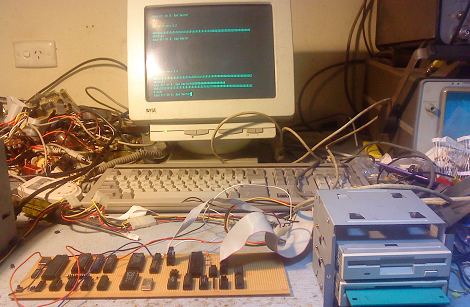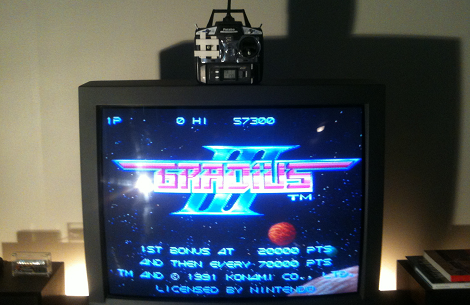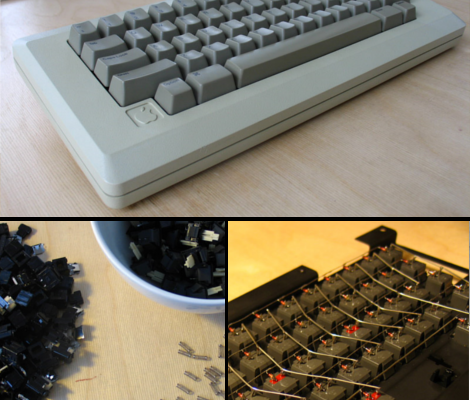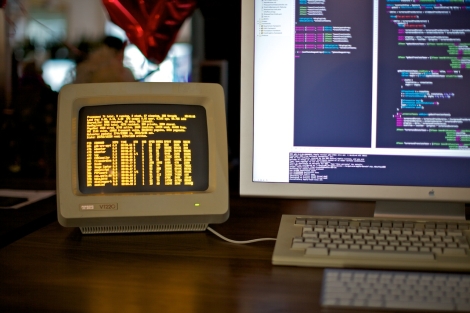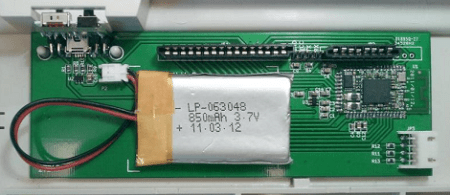

The anthem for the Great Recession might be something along the lines of, “That we’re gonna do it anyway, even if doesn’t pay.” Some men just want to watch the world burn, so Hackerbot Labs posted a great walkthrough about shrinking coins and in the process making our pocket change worth just a little bit more.
Their build pushes 15,000 Joules (from a 10kV 300μF cap) through a coil of wire wrapped around a coin. This creates a magnetic field in the coil and the coin. These two fields repel each other, and there’s only one way that it can end: the coin shrinks and the coil of wire explodes. The team at Hackerbot Labs linked to a great theory of operations that does a great job explaining the physics has some awesome pictures.
During our research, we saw a few questions about the legality of altering currency. According to the U.S. Code, shrinking coins only illegal if it’s done fraudulently, like shrinking a penny down to the size of a dime to fool a pay phone or vending machine. Check out a video of the Hackerbot Labs setup putting as much energy as 100 heart defibrillators into a coin after the break.

